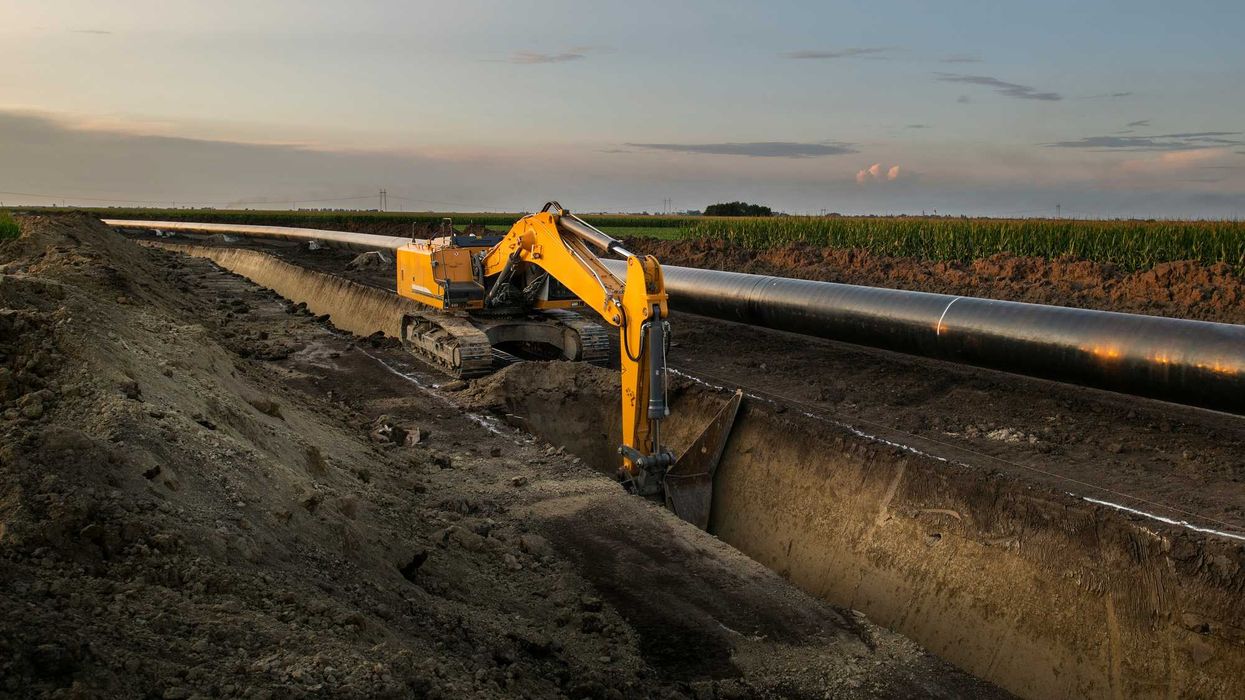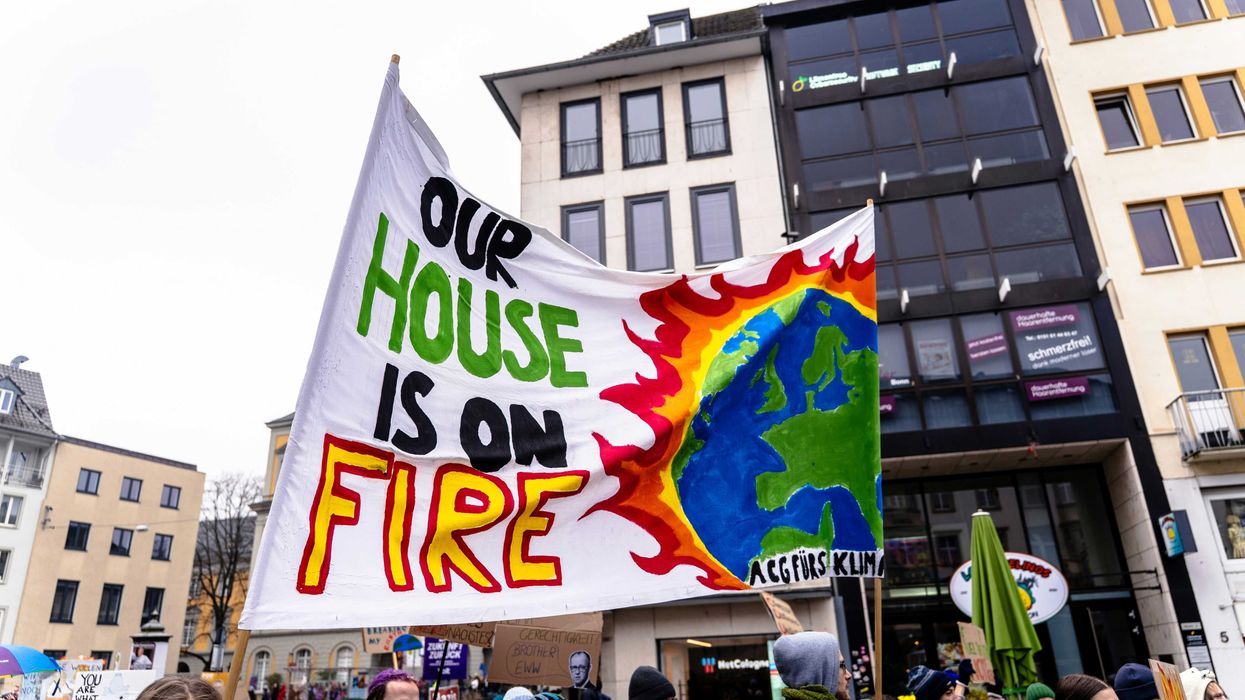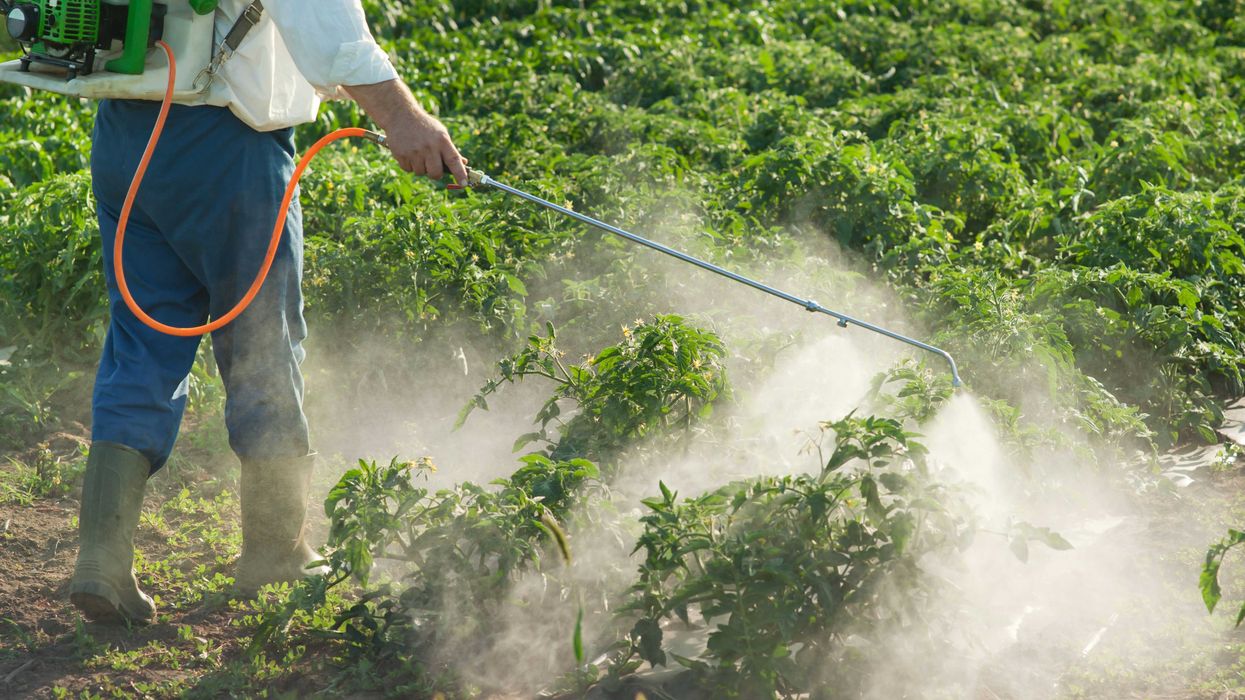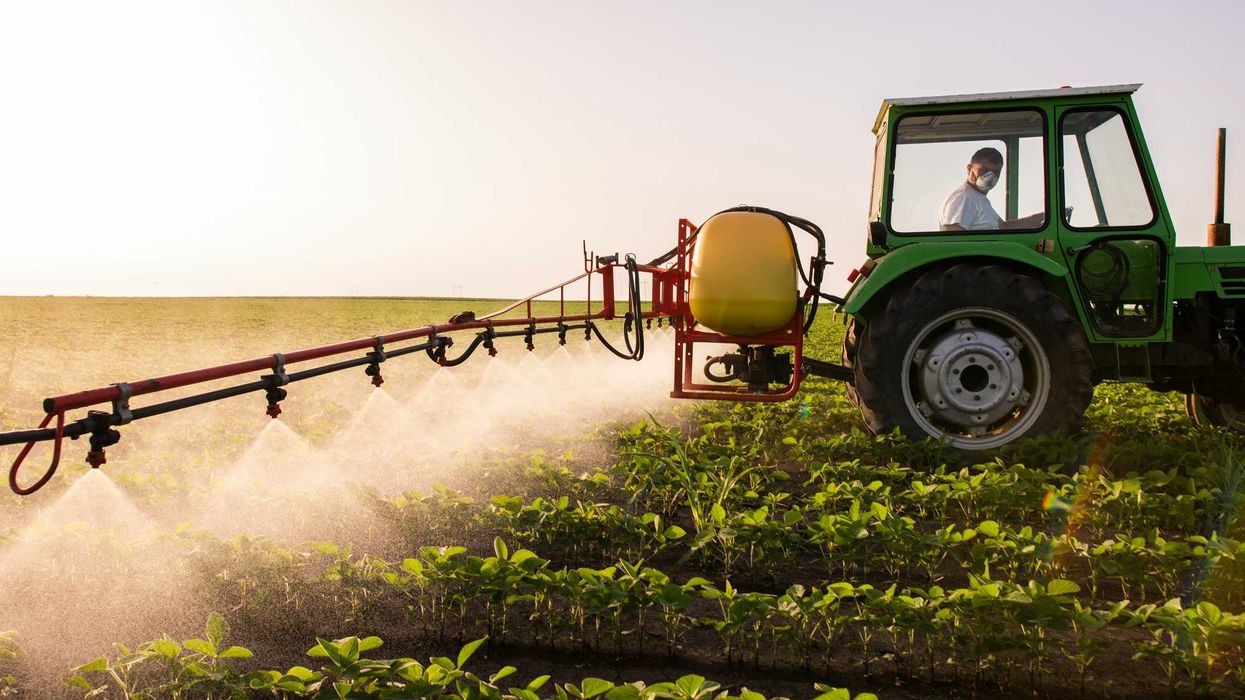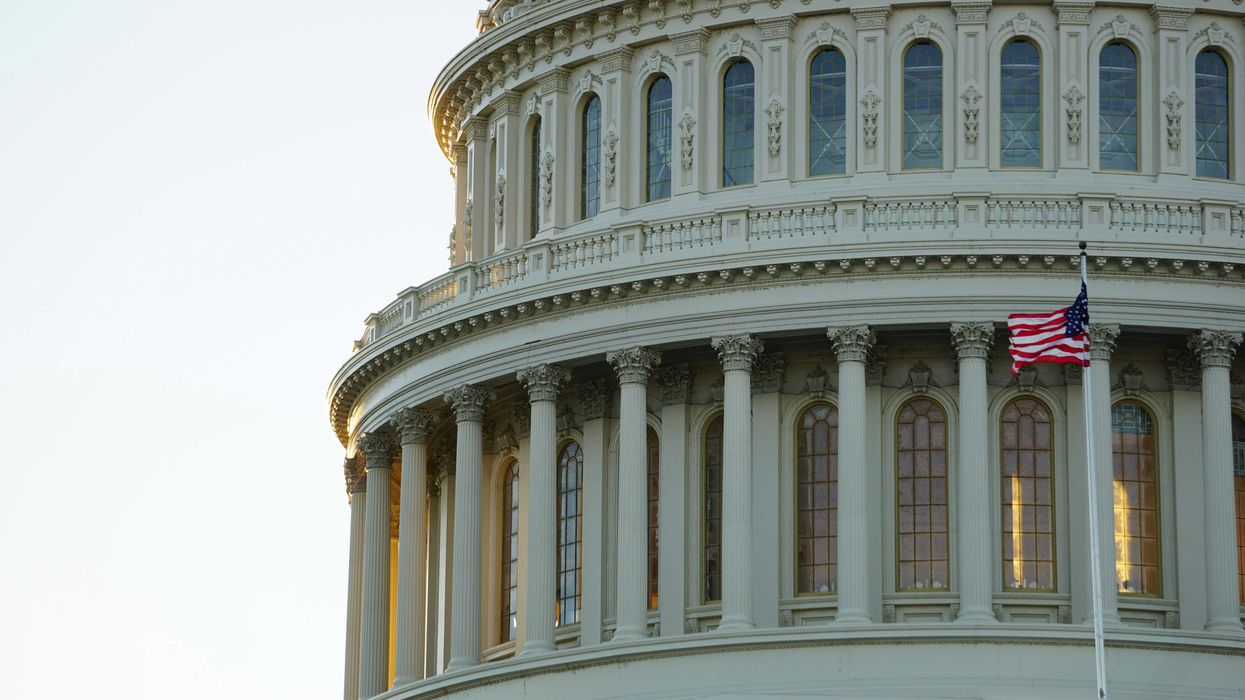When choosing between paper and plastic packaging, it's crucial to consider more than just recyclability, revealing hidden environmental costs for both materials.
In short:
- Despite paper's better reputation and easier recyclability, it has significant environmental costs, including contributions to global greenhouse emissions and often containing plastic linings.
- Plastic's environmental impact is profound, originating from fossil fuels and suffering from a low recycling rate, with many types ending up in landfills or shipped abroad.
- Both types of packaging face challenges in recycling and reduction, with increasing calls for using reusable materials or reducing overall consumption.
Key quote:
"Plastics, because they are so cheap, are used a lot in the single-use products. They're not designed to be reusable."
— Tatiana Sokolova, associate professor, Tilburg School of Economics and Management
Why this matters:
Both plastic and paper production involve significant environmental costs. Plastic production is energy-intensive and contributes to carbon emissions, while paper production requires large amounts of water and can lead to deforestation. Even recycled products and plastics alternatives can be particularly worrisome wrapped around our food, given the lack of testing. By reusing materials, we cut down on the demand for new raw materials, thereby conserving resources and minimizing the environmental footprint associated with production.



